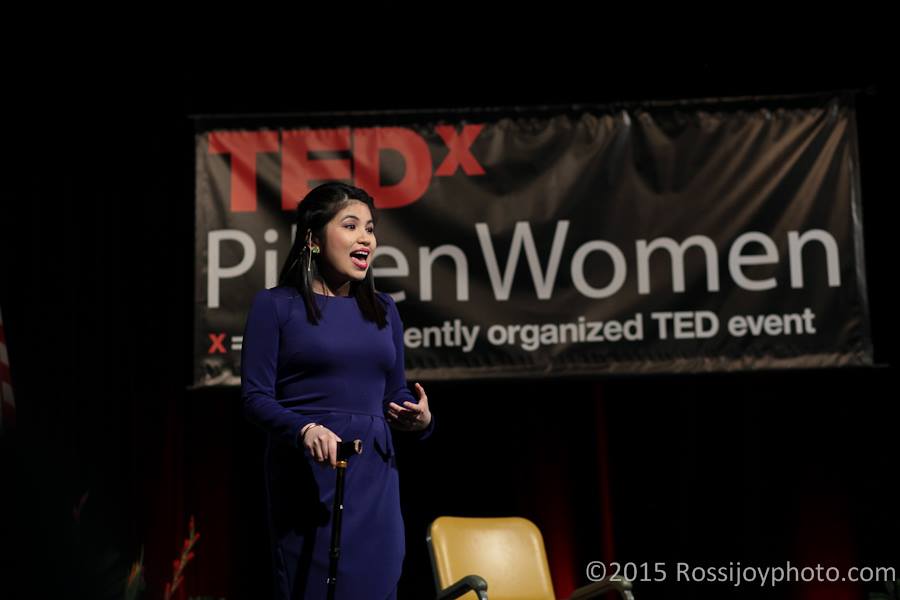Challenger: Surgery Without Anesthesia #HAWMC

Today is Day 9 of WEGO’s Health Activist Writer’s Month Challenge. This is the question I’m answering:
Challenger: Share with readers about a time you had to overcome a daunting challenge. What words of encouragement would you share with others who find themselves facing similar difficulty? #HAWMC
My most intimidating challenge is a tie between having a thymectomy and having surgery without anesthesia.
Thymectomy
In June 2009, I had a thymectomy for my neuromuscular autoimmune disease, Myasthenia Gravis (MG). A thymectomy is a surgery to remove the thymus, which is near the heart. A thymectomy can be done one of a few ways. My two options were:open heart surgery (transsternal) or through the neck (transcervical). Even though I knew statistically speaking open-heart surgery was more thorough than getting my neck cut open and glued back together again, I opted for the latter. It took me months to figure out if I wanted to have the surgery (well, no one really “wants” to have surgery). The week before the thymectomy, I went to a hotel to be alone for three days so I could think and pray about the decision. (Thankfully, my cousin is a manager of a nice hotel, otherwise I wouldn’t have been able to do that.) Having seen my aunt and uncle both recover from open-heart surgery (not related to myasthenia), I knew that I was too weak to handle it. The year before, I had a stint inserted into my neck without anesthesia. And when it was removed, I was also not allowed anesthesia. Having surgery without anesthesia was so painful that I was not prepared to have open-heart surgery so soon. Because I was in myasthenic crisis, I was not allowed to have anesthesia. I was already losing feeling in my arms and legs due to MG.
Stint No Anesthesia
With my thymectomy, thankfully, I could have anesthesia. My last memory pre-surgery was my uncle praying for me. But recovery hurt. A lot. For months. To anyone having any kind of surgery, I would say that music can help. When I had the stint inserted in me and removed, I was told to focus on something to distract myself from the pain. I imagined the face of one of my nieces. At one point, at the moment they were pulling the stint out, in my mind Amazing Grace was playing at full blast. The nurses said they were shocked that I wasn’t moving around a lot and screaming. The only way I can describe the procedure is to say, “It hurt like a motha******!” Seriously.
There are no pretty, inspirational words I would have for someone going through surgery but I will say this that when I am afraid of something–whether it’s giving a presentation for work or having a difficult conversation–I tell myself one of two things:
“Is this harder than having surgery without anesthesia? If it’s not, then it’s not hard.”
“Is this harder than having your neck cut open and glued back together again? No, then it’s not hard.”
–Your Stylist, Jessica Gimeno
P.S. I’m very tired as I write this. If you want to know more about thymectomies, check out the resource below.
Resource: Thymectomy PDF from Myasthenia Gravis Foundation of America




Until you really, really challenge yourself like this, you don’t know what you really can achieve. I have had many surgeries, so can relate to the PAIN! 32 years ago when I first developed lupus I experienced migraines, pleurisy and Raynaud’s syndrome. All were extremely painful. My doctor prescribed biofeedback therapy. It was an amazing technique that I still use today. You teach your mind to control your sympathetic nervous system – basically, how to relax your mind, muscles and capillaries. If I totally focus, I can reduce pain significantly. I first relax and then envision a “block” between what hurts and my brain. It amazes me, and I wish everyone could receive this training! I have even taught myself how to stop hiccups!